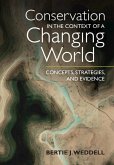
eBook, PDF
12. Oktober 2023
Cambridge University Press
| Broschiertes Buch | 72,99 € | |
| eBook, ePUB | 48,95 € |
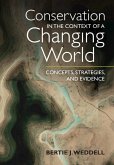
eBook, ePUB
30. September 2023
Cambridge University Press
Gebundenes Buch
In the Context of a Changing World
22. September 2003
Cambridge University Press
| Broschiertes Buch | 92,99 € | |
| eBook, PDF | 55,95 € |
Broschiertes Buch
In the Context of a Changing World
9. Oktober 2006
Cambridge University Press
Ähnliche Artikel

eBook, PDF
29. Mai 2014
Springer India
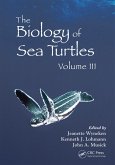
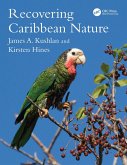

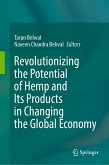
eBook, PDF
25. Juni 2022
Springer International Publishing
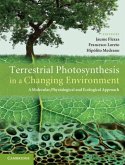
eBook, PDF
19. Juli 2012
Cambridge University Press
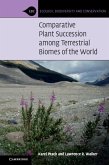
eBook, PDF
14. Mai 2020
Cambridge University Press

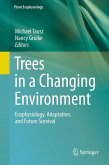
Ähnlichkeitssuche: Fact®Finder von OMIKRON
